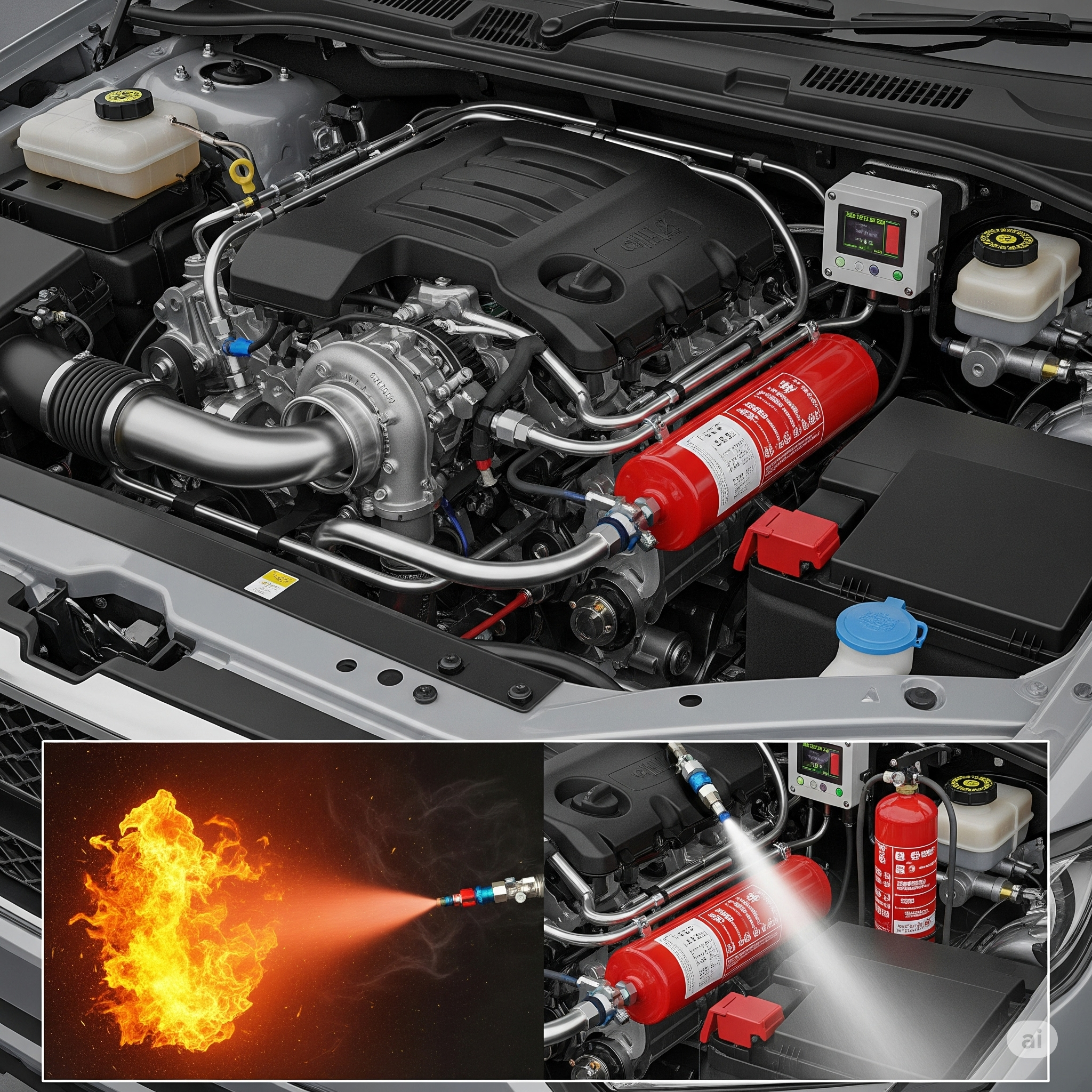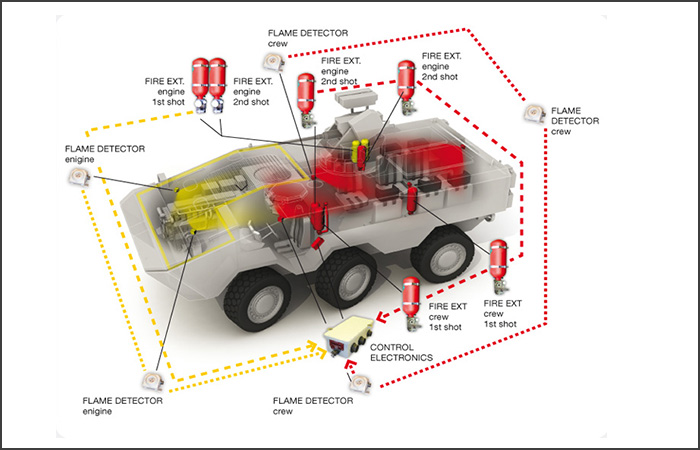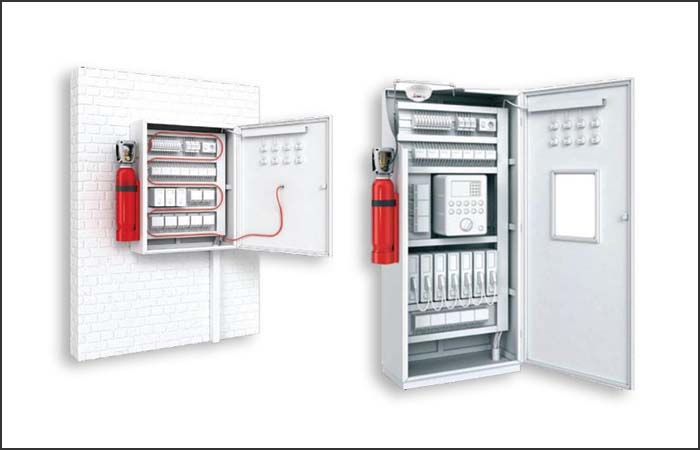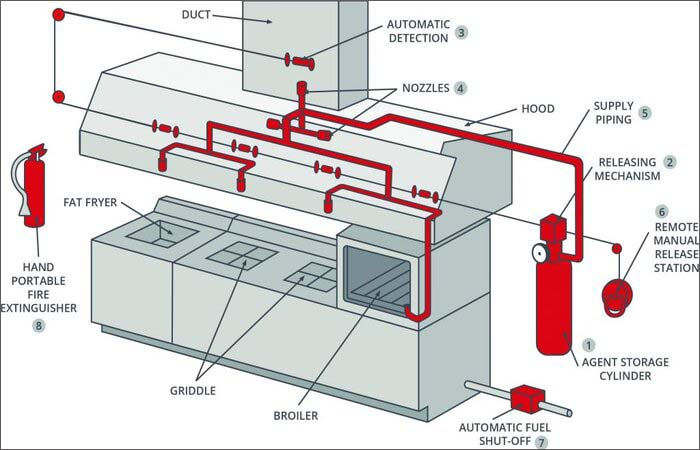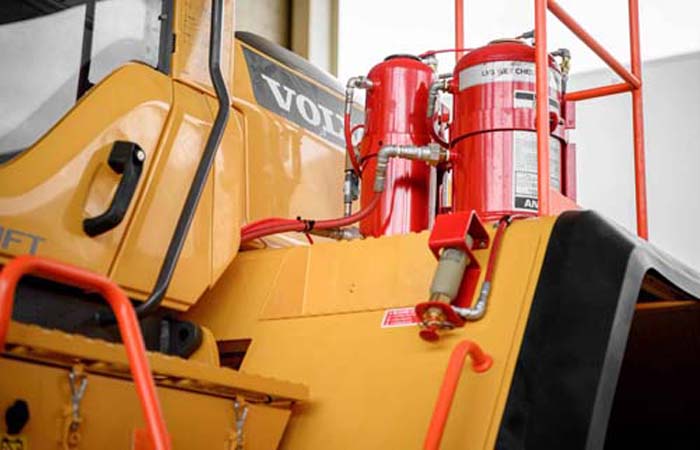Conventional Fire Alarm System
Simple, effective fire detection for small-scale applications.
A conventional system employs one or more initiating circuits, connected to sensors (initiating devices) wired in parallel. These sensors are designed to decrease the circuit’s resistance when environmental influence (like smoke or heat) exceeds a predetermined threshold.
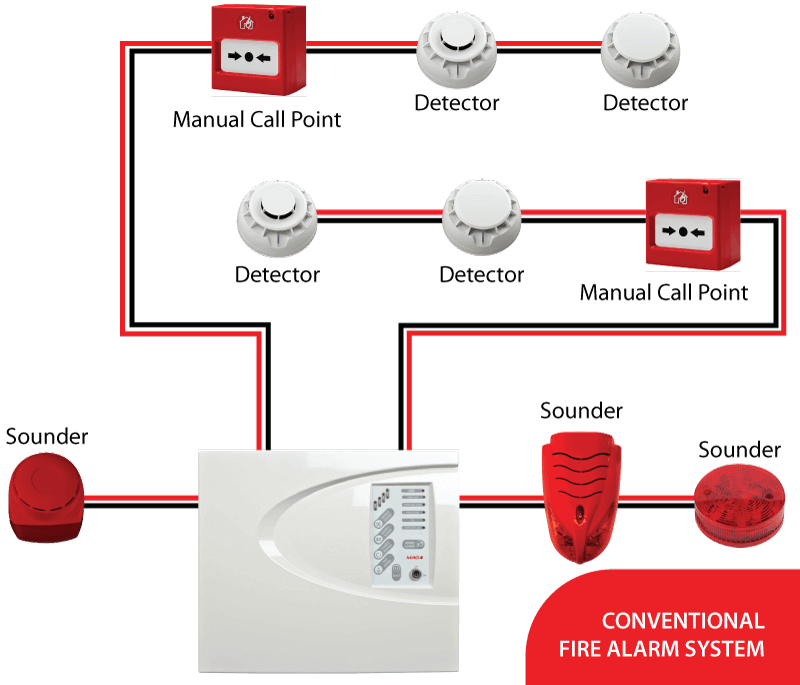
Common Applications:
✅ Advantages
- Cost-effective for small applications.
- Simple wiring and setup.
- Reliable in straightforward environments.
❌ Disadvantages
- Not competitively priced for larger systems.
- Detection is by zone, not specific location.
- Can delay emergency response due to limited pinpointing.
- No event history or device-level detail—sometimes called "dumb panels".

